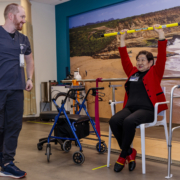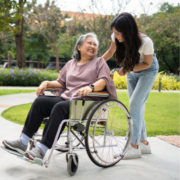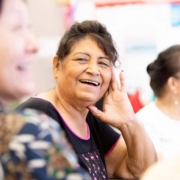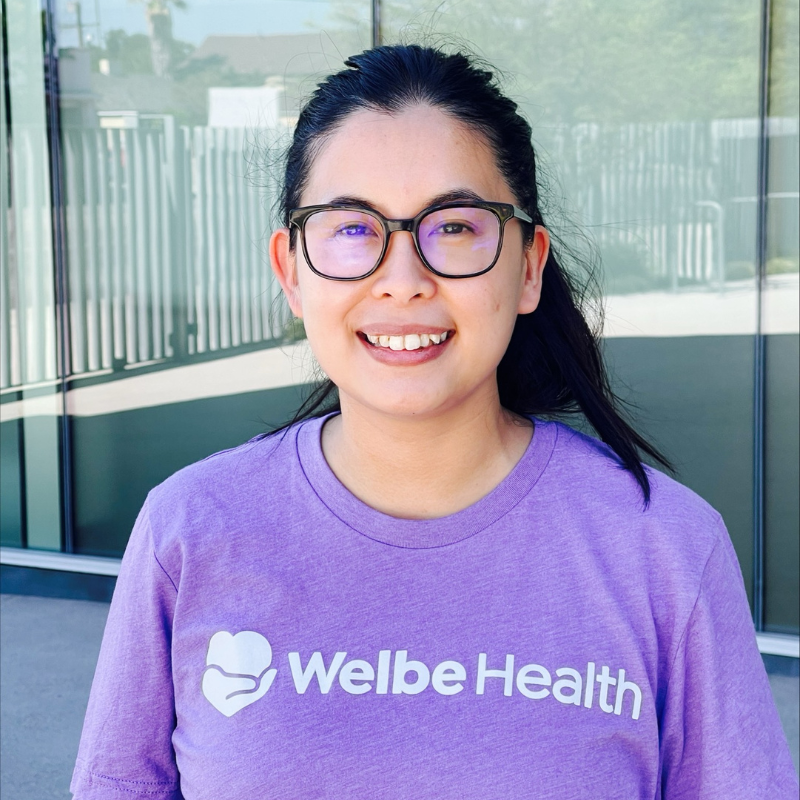Life can get a bit overwhelming at times, but with a few easy tips, you can make your day simpler and more enjoyable. These life hacks for seniors are easy to use and can help save time and energy, so you can focus on doing the things you love.
1. Use a Daily Pill Organizer
Managing your medications can feel like a full-time job, but a simple pill organizer can change that. These little boxes have labeled slots for each day of the week. Some even include morning, afternoon, and evening sections. Once a week, set aside a few minutes to fill the organizer with the right pills. This way, you’ll always know which medications to take and when.
2. Set Reminders on Your Phone
Technology can be your best friend! Use your smartphone to set reminders for appointments, medication times, or even watering plants. If you’re not comfortable with setting them yourself, ask a family member or friend to help you. A little “ding” on your phone can save you from forgetting important tasks.
3. Label Everything Clearly
Finding the right jar of spices or remembering which cord goes with which gadget can be frustrating. Use clear labels to easily identify things around your home. You can even use color-coded stickers for items like storage boxes, kitchen jars, and chargers. This saves time and cuts down on frustration when you’re in a hurry.
4. Meal Prep for the Week
Cooking every day can be exhausting. Simplify your meals by cooking in batches and storing food in portion-sized containers. For example, make a big pot of soup or pasta, divide it into containers, and refrigerate or freeze them. Then, when it’s time to eat, just heat one up! This will save you time and energy, especially on busier days.
5. Keep Frequently Used Items Within Reach
Avoid unnecessary bending or stretching by keeping the things you use most often in easy-to-reach places. For example, keep your glasses, medications, and TV remote on a bedside table. Similarly, store commonly used kitchen utensils and dishes on lower shelves to avoid straining yourself.
6. Use Online Grocery Shopping
Save yourself a trip to the store by trying online grocery shopping. Many stores now deliver groceries right to your door! You can take your time browsing online without any rush. Some services even offer features like recurring orders, so your most-purchased items get delivered automatically.
7. Simplify With Velcro or Magnetic Closures
Buttons and zippers can be tricky, especially for hands that aren’t as nimble as they used to be. Clothing with Velcro or magnetic closures is a great alternative. They’re easy to fasten and make getting dressed much faster.
8. Create a Grab-and-Go Bag
Whether it’s a trip to the doctor or a visit to the park, having a bag ready to go can save time. Fill it with basics like your ID, a water bottle, a small snack, and tissues. Keep the bag near the door so you can grab it on your way out.
9. Declutter Your Home
The less clutter you have, the easier it is to find what you need. Spend time going through drawers, closets, and shelves to get rid of things you don’t use anymore. Donate items that are still in good shape or give them to family and friends. A little decluttering can make your space feel brighter and more organized.
10. Use “Smart” Tech to Save Time
Smart devices like voice-controlled assistants can make daily tasks a breeze. From setting timers to playing your favorite music, these gadgets are simple to use with just your voice. They can even help you control home appliances like lights or thermostats.
Small changes can lead to big improvements in your daily life. These life hacks for seniors are simple to try and can help reduce stress, save time, and make everyday tasks easier.
Why not pick one or two tips to start with today? You deserve a routine that works for you.
Frequently Asked Questions (FAQs)
Q1. Are these tips easy to follow if I’m not good with technology?
Yes! Most of these tips don’t require any special tech skills. For the ones that do, like setting reminders or using smart devices, you can always ask a friend, family member, or neighbor to help.
Q2. What if I have trouble walking or moving around?
Many of these hacks, like keeping items within reach or using a grab-and-go bag, are perfect if you have mobility challenges. For things like meal prep or grocery shopping, you can also ask for help from a caregiver or loved one.
Q3. Can I try these tips on a budget?
Absolutely! Most of these ideas, like labeling, decluttering, and meal prepping, don’t require much money. Even tools like pill organizers and Velcro clothing are affordable and make a big difference.
It’s your life. Live it your way.
WelbeHealth provides full-service healthcare and personalized support to help your loved ones age well at home and in your community. Our Program of All-Inclusive Care for the Elderly (PACE) meets the changing needs of seniors, often at no cost, while helping you navigate life as a caregiver. To see if you qualify, call: (888) 750-0248 | TTY 711 or visit: welbehealth.com/contact













































































